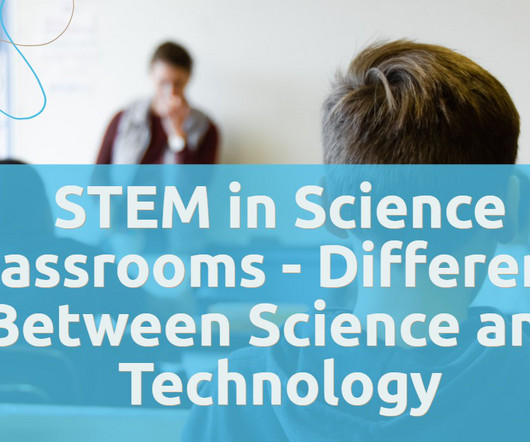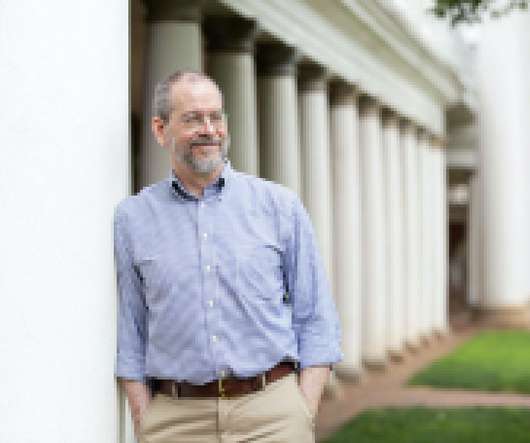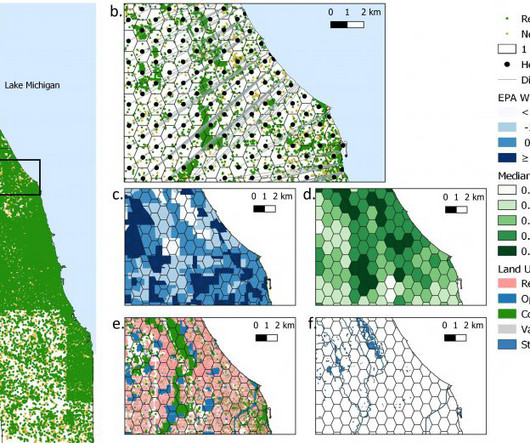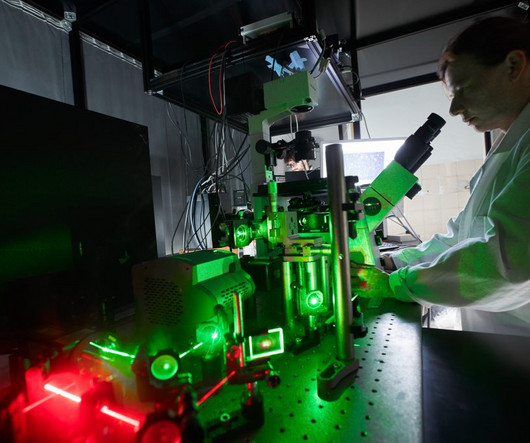STEM in Science Classrooms – Difference Between Science and Technology
STEM Education Guide
MARCH 9, 2023
Science in STEM It encompasses fields such as geology, chemistry, physics, biology, and astronomy. This, in turn, will prime your child when it comes to future scientific research or making their own scientific discovery. Discuss how observation aids in problem-solving and critical thinking.













Let's personalize your content